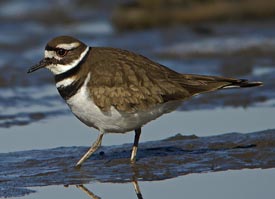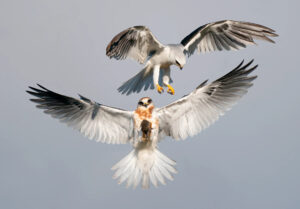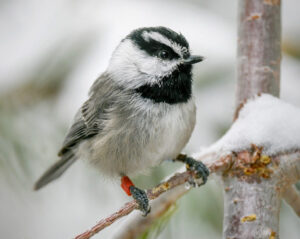:focal(800x602:801x603)/https://tf-cmsv2-smithsonianmag-media.s3.amazonaws.com/filer_public/7e/e2/7ee2bf1f-ff2a-479a-9468-b610f5143387/progne-subis-_web.jpg) Lest you think that we live in an isolated world where nothing outside can hurt us and where we do not need to fix a problem that occurs far away,please read this article from the Smithsonian Magazine. Simply put, it tells us about gold mining in the Amazon and how this is a cause of the decline in Purple Martin populations in the United States. Surprisingly, it has nothing to do with habitat loss. It involves a very subtle physiochemical dynamic in the effect of mercury on fat storage in the birds.:
Lest you think that we live in an isolated world where nothing outside can hurt us and where we do not need to fix a problem that occurs far away,please read this article from the Smithsonian Magazine. Simply put, it tells us about gold mining in the Amazon and how this is a cause of the decline in Purple Martin populations in the United States. Surprisingly, it has nothing to do with habitat loss. It involves a very subtle physiochemical dynamic in the effect of mercury on fat storage in the birds.:
Brazilian ecologist Jonathan Maycol Branco had a problem. Unlike the migratory birds he was studying, he couldn’t fly north.
In 2020, the Covid-19 pandemic had hindered the University of São Paulo graduate student’s plans to head to Northern Arizona University to complete his master’s thesis on the eastern North American subspecies of purple martin. The migratory bird, which molts in the Amazon Basin and then flies north to breed in North America, has declined over the past five decades, at a rate of almost 1 percent a year. But why? Branco and his advisors in both the United States and Brazil suspected the birds were being contaminated by a specific heavy metal prevalent in their wintering home in South America.
So when Branco was grounded by canceled flights, physiological ecologist C. Loren Buck, of Northern Arizona University, called in other scientists who were on campus to help. Citizen scientists in Wisconsin and Virginia, along with scientists in Florida, had collected feathers and sent them to Arizona. Buck’s team ran tests on the purple martins’ tail feathers, where both contaminants and hormones tend to accumulate. They also looked at notes about the birds’ body conditions, including their mass and fat. Once they had the raw data in hand, they sent it to Branco in Brazil. He looked at the numbers and developed statistical models to determine what they actually meant. The results didn’t surprise him.
“We expected to find mercury in the feathers,” Branco says. “But what was most striking was the correlation between the level of mercury in the purple martins and their fat score.”
The higher the level of mercury found in the birds, the lower their fat score. In his study published this past December in Environmental Pollution, Branco notes that the concentration of mercury found in the birds could be what is negatively impacting their ability to accumulate fat. The birds likely pick up the mercury in their winter home in the Amazon Basin. After they fly up to North America, the heavy metal in their bodies likely makes them unable to store fat, leaving them without enough energy to migrate south every year. Even a small increase in the amount of the heavy metal in the birds, which are part of the swallow family, likely leads to poor health and a decreased chance of survival.
The Amazon Basin is known as a hot spot for mercury contamination. Natural inorganic mercury washes down from mercury beds in the Andes. But methylmercury that has started to accumulate in the region thanks to human endeavors is more dangerous. Methylmercury is very sticky and gets caught up in the tissues of animals, making it extremely difficult for them to eliminate, says Buck.
Note: Purple Martins have been seen at Sedona Wetlands in Spring and Fall








:focal(2643x2013:2644x2014)/https://tf-cmsv2-smithsonianmag-media.s3.amazonaws.com/filer_public/f3/84/f3849184-4382-4dea-af83-5ed453a1c379/pexels-alexas-fotos-2198671.jpg)